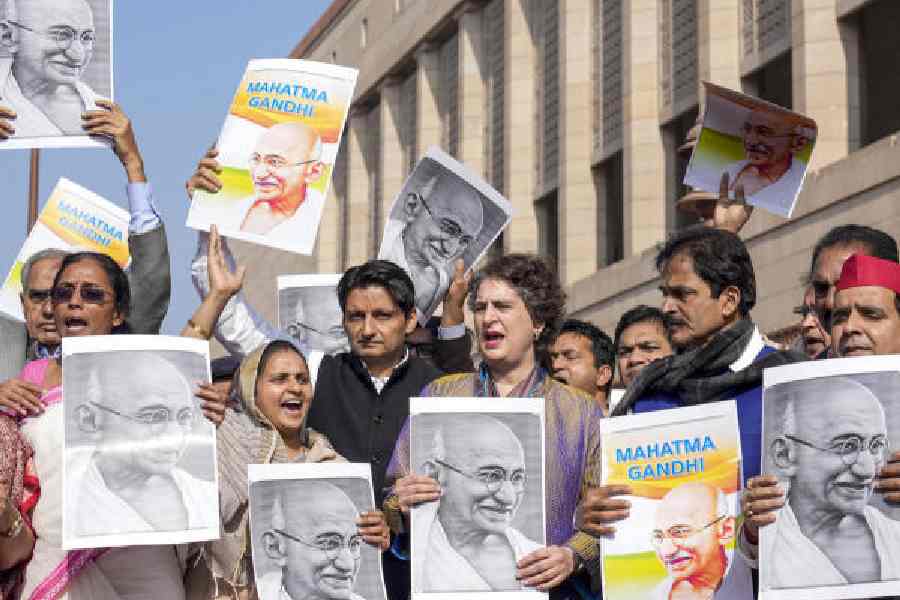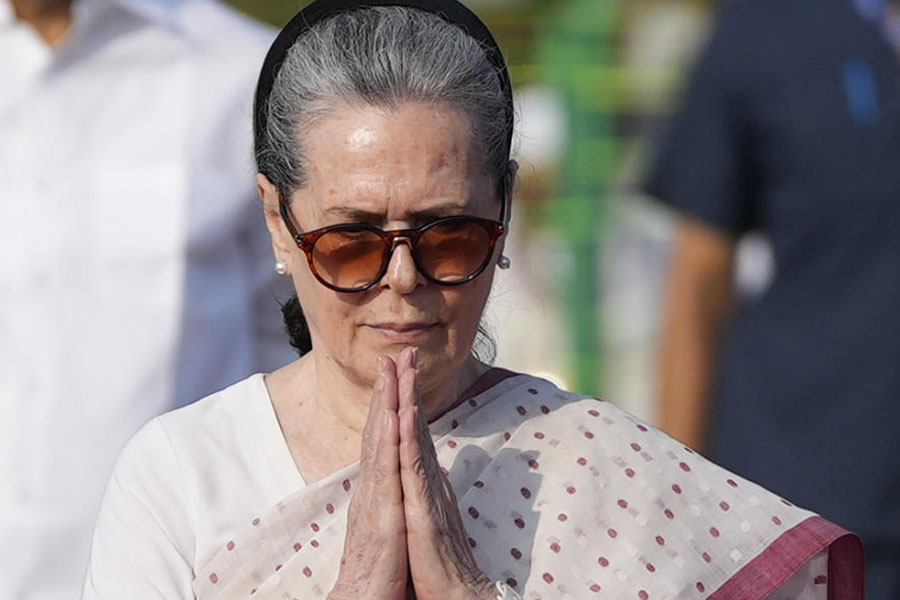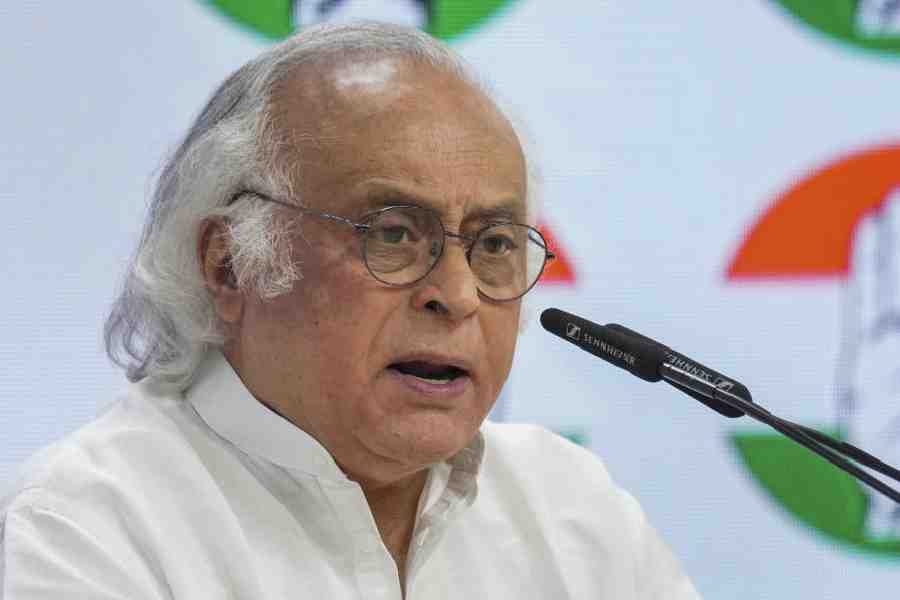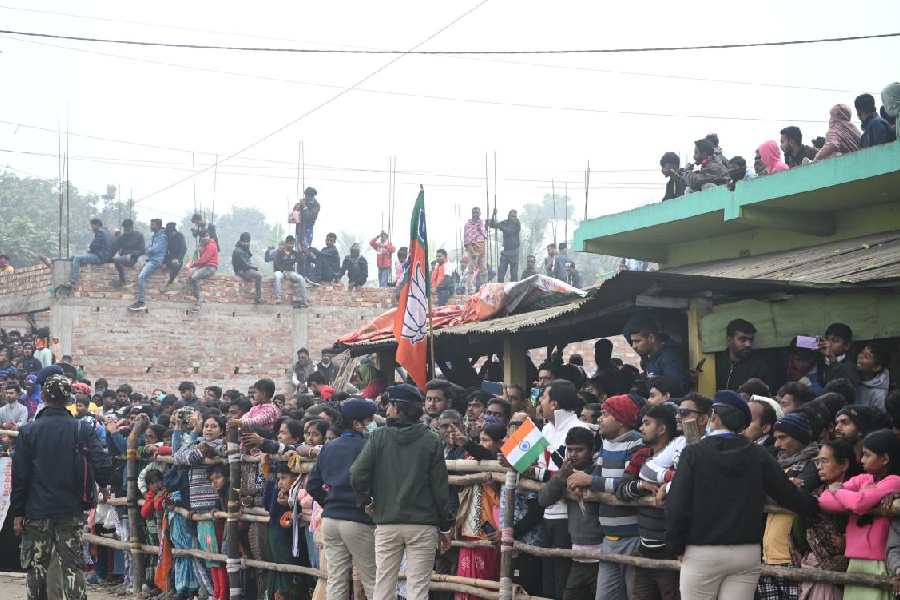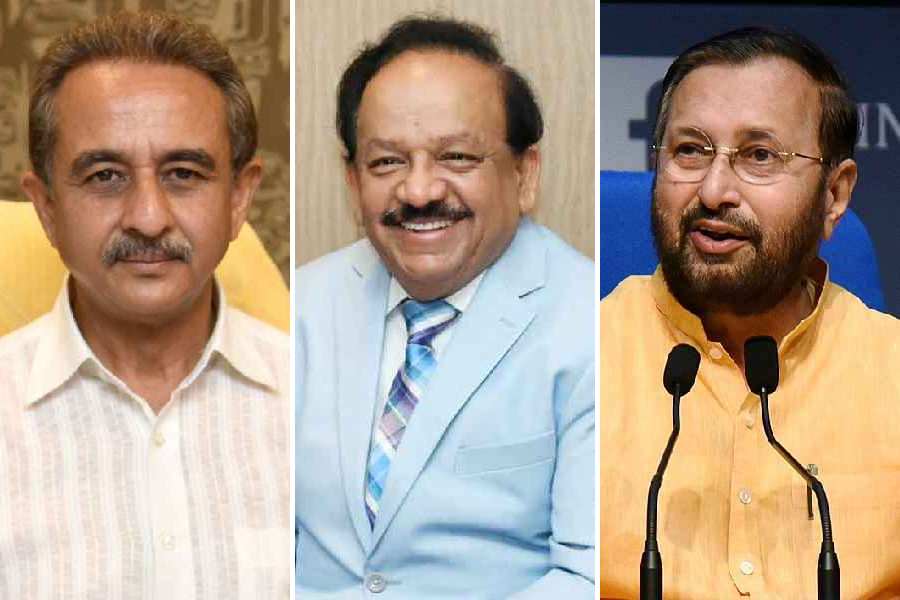 |
| Mutton biryani |
My friend from Calcutta sniffed snootily when I told her we’d been invited to a Murshidabadi food festival in a Delhi hotel. “There is no such thing,” she said dismissively. A few hours later, she was going gaga over a nice bit of mutton tikia that she was eating along with, I noticed, a huge chunk of humble pie.
The chef — a smiling young man from Murshidabad — knew what he had cooked, and what he was talking about. Syed Mushtaque Murshid, now the chef de cuisine at The Suryaa in New Delhi, grew up in Berhampore in Murshidabad, and says he learnt how to cook from his grandmother. Murshidabad food, he stresses, is a combination of Mughal influences and local culinary traditions.
History books — to say nothing of Wikipedia — remind us that Murshidabad, some 200km from Calcutta, was the last capital city of independent Bengal, before the British took over. What they don’t tell us is the role played by the chef’s family in holding aloft the food flag of the region, situated on the banks of the Bhagirathi. Chef Murshid, who shares his name with the founder of Murshidabad, Nawab Murshid Quli Khan, the Dewan of Bengal, Bihar and Orissa, says his forefathers learnt some of the recipes that he has been trying out for years from the kitchens of the erstwhile nawabs.
 |
| Maachher Kalia |
A few of those dishes were presented at the festival at Seven, an Indian restaurant at The Suryaa, which seeks to celebrate the cuisine of the seven ends of the Indian subcontinent — what we call the saat prant.
Chef Murshid tells me that the difference between Mughal food elsewhere and that of Murshidabad is the interesting convergence of food styles. Take something like the shukto, a mildly bitter dish of mixed vegetable that Bengalis love to eat. In most parts of Bengal, it is a light dish, enhanced in some houses with a bit of milk. In Murshidabad, however, the chef says the dish is pepped up with a generous helping of nuts and dry fruits. Bitter gourd, which adds its characteristic taste to shukto, is not used in the recipe he follows. “The dish used to always surprise my friends,” he says.
The chef tells me he can trace his family back through 23 generations. The dishes and the recipes went down from one generation to another, getting tweaked every now and then to suit the changing times. Some dishes remained the way they were. The maachher kalia, for instance, was always more Bengali than Mughal. There was, after all, very little the Mughals could do to enhance the taste of the rich gravy of a fish curry.
Clearly, the emphasis is on rich in the region — with nuts, cream, saffron and other spices being used in many dishes. Yet, they also have something like the biryani, which is not as heavy as its cousins in other parts of the country. The poor people of Murshidabad added potatoes to the biryani to add to its volume — which is a practice followed by the Calcutta biryani-makers as well. And I, for one, just love the taste of mutton-infused potatoes in any biryani.
Chef Murshid’s mutton biryani — with its juicy potatoes — was rather good. Even his chicken korma had a distinct taste of its own, and he later told me it was because of the use of tamarind in the curry. Tamarind trees grow in abundance in the region, and the tart flavour pops up in the un- likeliest of places. He cooks his aloo korma, for instance, with a dollop of tamarind pulp.
But the dish that caught my eye — and subsequently my palate — was a sweet dish cooked with poppy seeds. Now I have had poppy seeds in various ways — with potatoes, with gourd, just ground with chillies and mustard oil, and in all kinds of gravies. But this was the first time that I was eating a halwa pre- pared with ground poppy seeds.
And it was delicious. Unlike many dal halwas which are cooked over such a long period that the dal gets completely mashed the posto halwa had not just the distinctive taste of poppy seeds, but retained its grainy texture as well. The result was mouth watering.
We ended with a tiny delicacy that may not be Murshidabadi but was something that’s worth writing home about. On a small rose petal, they had placed a piece of white chocolate, and then added a tiny blob of gulkund (thickened rose petal chutney put in betel leaves) on top.
I didn’t have the bread called the chitua, which seems to be a Murshid family speciality. It was prepared with rice — almost like an appam — and had been cut into small triangles. Some nolen gur was smeared over each piece of bread, and I was told, particularly by the friend from Calcutta (name withheld on request) that it was simply out of this world. She would have held forth some more, but I think humble pie got in the way.
 |
Tikia (serves 5)
Ingredients: 500g minced lamb • 50g ginger and garlic paste • 100g chopped onions • 100g matar dal (dried peas) soaked and ground • 25g chopped green chillies • 50g raw papaya paste • salt to taste • desi ghee (to shallow fry)
Method: Mix all the ingredients and keep aside for at least two hours. Divide the mixture into 20 roundels. Flatten them with wet hands and shallow fry in desi ghee.
Murshidabad murgir korma (serves 6)
 |
Ingredients: • 1kg chicken cut into small pieces • 200g tamarind pulp • 200g fried onion paste • 100g cashew nut paste • 50g poppy seed paste • 50g ginger and garlic paste • 200ml desi ghee • 30g whole garam masala • 1g saffron • salt to taste
Method: Heat the ghee in a pan and add the whole garam masala. Add the tamarind pulp and the four pastes. Cook on medium flame. Add the chicken and a little water. Season. Cook till the chicken is tender and the gravy is aromatic. Add saffron to finish. Serve with steamed Gobindo Bhog rice.
Photographs by Rupinder Sharma





